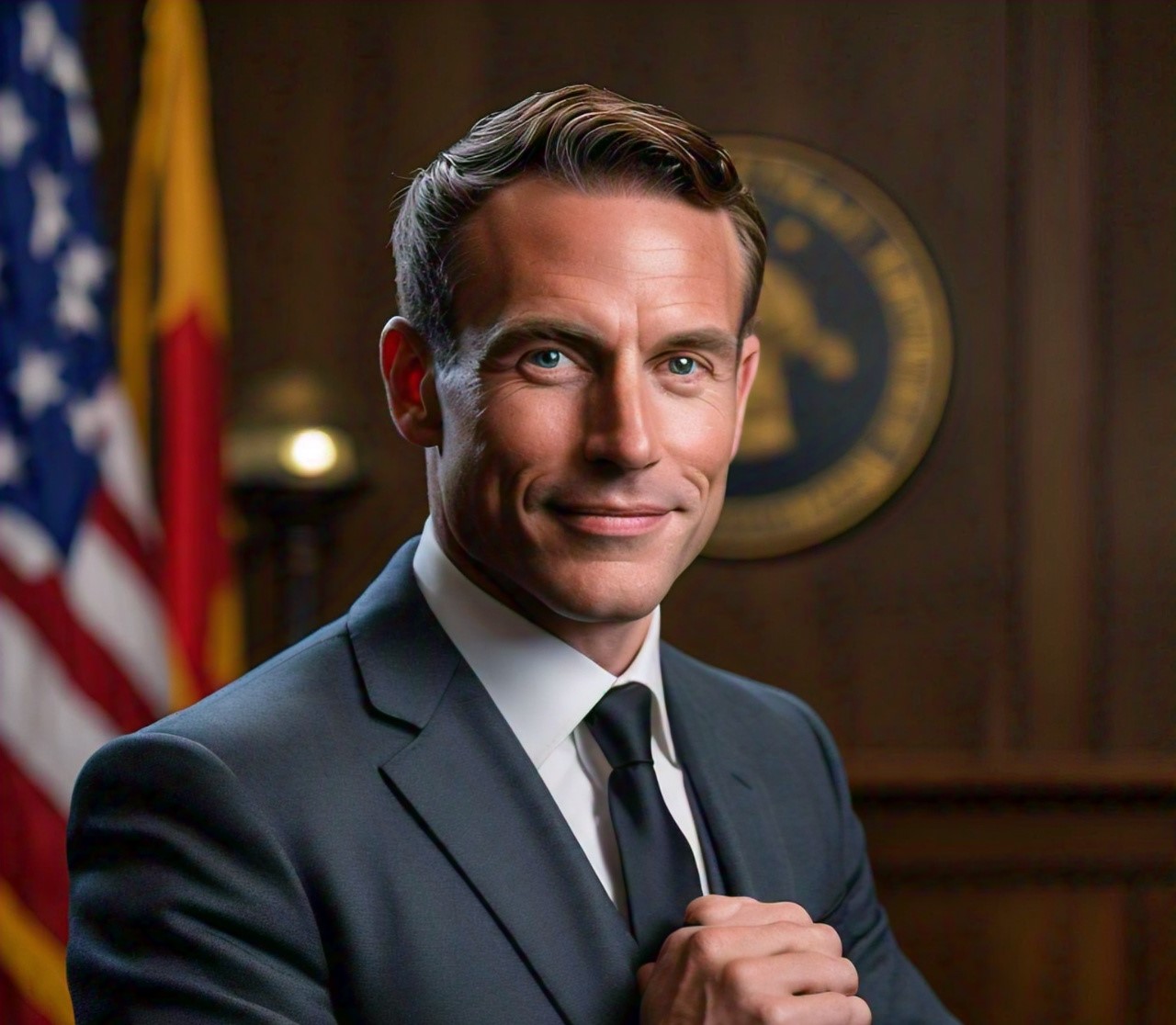If you watch the news a lot you will notice that we live in a world that loves extremes, success or failure, right or wrong, good or evil, saint or sinner. But life, in truth, is not always that simple or with just two options. The human mind, in its hunger for certainty, often compresses the complexity of reality into neat little boxes, and one of the most common traps of this kind is the False Dilemma, also known as the False Dichotomy; the illusion that only two options exist when, in reality, there are many.
The false dilemma simplifies decisions and debates by presenting a limited choice: You are either with me or against me, you either believe this or that, you either win or lose. It sounds straightforward, but it is intellectually lazy and sometimes, even deeply manipulative.
The Illusion of Two Choices: The False Dichotomy
At its core, the false dilemma fallacy assumes that reality only offers two mutually exclusive options, ignoring other valid possibilities. It is like looking at a spectrum of colors but insisting only black and white exist, and this is the kind of thinking that thrives in arguments, politics, religion, and even our personal relationships.
When someone says, “If you do not support this, you must be against it,” or “Either you are successful or you are a failure,” they are not describing reality; they are reducing it. The false dilemma most times just feeds pride, conflict, and division because it pushes people into defensive corners instead of honest dialogue.

But the truth is, life is layered. Between yes and no lies a thousand maybes, between success and failure lies growth, and between right and wrong often lies misunderstanding. To see only two sides is to live with one eye closed.
Why We Fall for The False Dilemma
Our brains crave clarity, we like simple answers because they make us feel safe. Uncertainty can be uncomfortable; it requires thought, humility, and patience. But binary thinking gives us control, but that control is often just an illusion.
The false dichotomy appeals to our emotions, because it makes complex moral, social, or personal issues easier to digest, and that is why it is often used by those who want to persuade or manipulate. When we think in extremes; we stop listening; we stop exploring, and we stop thinking.
It is easier to say, “They are wrong,” than to ask, “What might I be missing?”
The Middle Ground is Not Weakness
The middle ground is not always compromise, sometimes, it is wisdom. To escape the false dilemma, we must learn to embrace the nuance (a subtle difference in or shade of meaning, expression); the quiet truth that life is not a single shade, but a spectrum.
In faith, for example, Jesus was both lion and lamb, both servant and king. In character, you can be confident and humble, kind and firm, gentle and strong. The wisest people are not those who choose sides the fastest but those who discern where truth actually lies.
Breaking free from the “either/or” thinking requires courage; it means standing in tension, it means refusing to be rushed into oversimplified answers, even when the world demands them.
Escaping the Trap of the False Dilemma
So here are a few ways to spot and escape the false dilemma in your daily life:
- Question the framing. Ask: Are there really only two options? What is being left out?
- Look for the “third way.” Sometimes, the truth lies in what has not been mentioned.
- Resist emotional manipulation. People use false dilemmas to pressure decisions out of us. So step back before reacting.
- Accept complexity. Not every question needs a quick answer. Some truths take time.
- Think both/and, not just either/or. Growth, wisdom, and truth often exist in the tension between opposites.
Read Also: Logical Fallacies: Types, Examples, How to Identify and Avoid Them
Read Also: The Sucker’s Payoff: The Deceptive Game of Immediate Gratification
Read Also: There is Nothing Better Than a Simple Pleasure: How Simple Can Mean a Lot
Conclusion
The false dilemma is more than a logical fallacy; it is a way of thinking that shrinks our view of reality. And the more we fall for it, the more we lose the ability to see people, situations, and points for what they really are.
To live wisely is to think beyond the narrow lanes of “this or that.” It is to recognize that truth is most times larger than our categories, and that sometimes, both sides of the argument carry a piece of it.
So my dearest readers, with the world so obsessed with choosing sides, dare to be the one who looks deeper, who asks better questions, listens longer, and seeks the full picture.





